- The Sichuan-Tibet Expressway is not only a trunk line for entering Tibet, but also a supplement to the original Sichuan-Tibet highway

Nowadays, the transportation routes into Tibet are constantly updated and optimized. If we want to build Tibet into a national gate, we must stabilize the economic development of Tibet. The transportation network into Tibet cannot be unified. Xinjiang, Sichuan, and Qinghai provinces are entering Tibet one after another, including The three major transportation networks of aviation, railways, and highways must be upgraded to create a scientific transportation network like inland. According to the route plan of the national expressway network, the two expressways included in the national expressway network planning in Ganzi Prefecture of Sichuan are G4217 (Sichuan-Tibet Northern Line: Malkang-Luhuo-Dege-Changdu) and G4218 (Sichuan-Tibet Southern Line: Ya'an). -Kangding-Batang-Mangkang-Linzhi-Lhasa).
The southern route is about 1530km, including 647km in Sichuan section and 883km in Tibet section. The National Highway Network Plan (2013-2030), prepared by the National Development and Reform Commission and the Ministry of Transport, was formally approved by the State Council. According to the route plan of the national expressway network, the two expressways included in the national expressway network planning in Ganzi Prefecture of Sichuan are G4217 (Sichuan-Tibet Northern Line: Malkang-Luhuo-Dege-Changdu) and G4218 (Sichuan-Tibet Southern Line: Ya'an). -Kangding-Batang-Mangkang). It is clearly stated in this plan that the inclusion of national highway projects is regarded as a project, and the feasibility study report is directly approved. At present, the feasibility study report of the Yakang Expressway has been submitted to the National Development and Reform Commission, and it is expected to be officially approved for construction within this year. Sichuan Ganzi Prefecture will also completely bid farewell to the history of no expressway. The plan also clarified that the inclusion of the national highway project is regarded as a project, and the feasibility study report is directly approved, which will play a positive role in promoting the "unblocked Ganzi" goal of the Ganzi Prefecture highway network.
Construction status of each section of Sichuan-Tibet Expressway
The Chengdu-Ya'an section of Chengya Expressway has been in full operation with a total length of 141.2 kilometers. Construction started on December 06, 1996. The construction was completed and opened to traffic in 2000, and it has now been completed and put into operation. Chengya Expressway is the main passage from Sichuan to Yunnan and Tibet, and is one of the main traffic routes developed in the west. The highway starts at Chengdu Yongfeng Interchange, passes through 9 districts and counties including Chengdu High-tech Zone, Shuangliu and Ya'an, and ends at Yucheng District, Ya'an City.

The Ya’an-Kangding section was fully started in September 2014, and the whole line was opened for trial operation on December 31, 2018. Normally, it only takes 2.5 hours to reach Kangding from the Chengdu Ring Expressway. Urban Caoba Town, west through Tianquan County and Luding County, and ends at Kangding Chengdong Caiyuanzi. The total length of the route is about 135 kilometers, the design speed is 80 km/h, four lanes, and the roadbed width is 24.5 meters. The estimated total investment of the project is 230 100 million yuan. The bridge-tunnel ratio of the Yakang Expressway project is as high as 82%. It is currently one of the highways with the highest bridge-tunnel ratio and the most difficult construction in the province and even the whole country. The altitude difference across the entire line reaches 1900 meters. On September 26, 2019, with a loud blasting noise, the last four meters of the Erlangshan extra-long tunnel was successfully blasted without opening, and the Erlangshan extra-long tunnel realized a two-line connection. The Erlangshan extra-long tunnel is one of the key control projects of the "One Bridge and One Tunnel" of the Yakang Expressway, with a total length of 13,459 meters (13.4 kilometers). It is the fourth longest tunnel open to traffic and under construction nationwide. The geological conditions of the Erlangshan extra-long tunnel are extremely complicated. The tunnel is located in the octave earthquake zone, and the tunnel passes through 13 regional fracture zones. Erlang Mountain is a dangerous throat pass on the Qianli Sichuan-Tibet Highway. It is known as the "Tianli Sichuan-Tibet Line, Tianma Erlang Mountain".

The Kangding-Xindu bridge section was fully started in December 2016. The line starts at the Yakang Expressway in the east, starts at Kangding Chengdong Caiyuanzi, and ends at Xinduqiao Town. The design speed of the line is 80 km/h, and the interchange has four lanes in both directions. The newly built highway may pass through the Zheduoshan Tunnel, and it will only take more than one hour from Kangding to Xindu Bridge. When the high-speed was opened to traffic, the Yakang Expressway was opened to traffic. By then, the whole journey from Chengdu to Xinduqiao will be high-speed, and Xinduqiao can be reached within 4 hours normally. The section between Xinduqiao and Mangkang (Xinmang Expressway) is in the preparatory stage and is planned to be completed and opened to traffic before 2023.
The Nyingchi-Lhasa section (Ling-La Expressway) is 409.2 kilometers long; the terminal is connected to Lhasa Ring Road. Design two-way 4 lanes, design speed 80 km/h. The project will shorten the travel time from Nyingchi to Lhasa from about 8 hours to less than 5 hours. There are relatively straight northern lines and curved southern lines from Linzhi to Lhasa. The Lin-La Expressway follows the northern line, generally along the 318 National Highway and the Niyang River route. The Lhasa section and Linzhi section of the Lin-La Expressway were completed and opened to traffic on September 9, 2015, and the Mimo section and Gongmi section were completed and opened to traffic on October 1, 2017. The Linmang Expressway starts from Zhubalong Township, Mangkang County in the east, and ends at Bayi Town, Bayi District in the west, and connects to the Linla Expressway. The Nyingchi to Zhubalong Expressway has been included in the 2018 construction plan of the Tibet Autonomous Region.
The Sichuan-Tibet Expressway can adapt to the annual average day and night traffic volume of more than 25,000 small passenger cars, dedicated to the high-speed driving of cars, and all control access roads". The transportation volume that can be undertaken is several times or even several times higher than that of ordinary highways. Ten times. It will greatly promote the economic development of Sichuan and Tibet.
Advantages of Sichuan-Tibet Expressway
The construction of the Sichuan-Tibet Expressway is the second fast track to Lhasa that my country will build after the completion of the Qinghai-Tibet Railway. After the highway is completed and opened to traffic, it is expected to become a world-class self-driving paradise due to the extremely peculiar scenery along the route. The construction of the Sichuan-Tibet Expressway will also vigorously promote the development of the Southwest Sichuan Economic Circle, and will also play an important role in the development of minerals and tourism resources along the route and the coordinated development of the Sichuan-Tibet regional economy. The Hengduan Mountain area along the Sichuan-Tibet Railway is rich in natural resources. At the same time, there are a large population of people radiating along the line, which can help the people get rid of poverty and become rich as soon as possible. With the completion of the Sichuan-Tibet Railway, Tibet and the areas along the line can be connected to the two major economic circles of the Yangtze River Delta and the Pearl River Delta via the Chengdu Railway Hub, forming a good inter-regional economic complementarity and resource sharing. The Yadong and Nyalam ports in Tibet are also two important land ports from China to India and Nepal in South Asia. With the completion of the Sichuan-Tibet Railway, land passages from Central China, East China, and South China to South Asia are expected to be formed in the future. Promote the construction of China-South Asia land economic and trade channel.
Its tourism is of great significance. There are 8 traditional roads into Tibet. Among them, Sichuan-Tibet goes south and the Qinghai-Tibet line is the most common combination of entering and exiting Tibet when people first go to Tibet. One is because the Sichuan-Tibet line has beautiful scenery and good road conditions, and the other is because the elevation from Chengdu gradually rises, which can give the body a good buffer. The Qinghai-Tibet line is the simpler route in and out of Tibet, and it can be played in about 3 or 4 days. However, because the Qinghai-Tibet line is relatively simple in scenery compared to the 318 line, people basically choose it as the Tibet line.

From a national perspective, politically, Tibet and the inland will be further closely linked to effectively manage Tibet; economically, the construction of the Sichuan-Tibet Railway can effectively promote the economic development along the Chengdu-Lhasa line, especially in western Sichuan and eastern Tibet. The development of resources and tourism promotes local economic development, effectively solves the problem of labor employment, and improves the difficult situation of transportation. After the completion of the Sichuan-Tibet Railway, it forms an effective virtuous circle with the Qinghai-Tibet Railway, reducing the traffic pressure on the Qinghai-Tibet Railway; military The construction of the Sichuan-Tibet Railway will greatly improve the ability of Sichuan to transport soldiers to Tibet, effectively attacking Tibet’s “Tibet independence” forces, and at the same time forming a deterrent to hostile forces in South Asia.
The national strategy for the development of the western region and the national strategy for the Belt and Road Initiative require complete transportation infrastructure to support the implementation of such a strategy. The country must increase investment in expressways, high-speed railways, and airports in all western provinces to change the relatively backward economic situation in western China. This is a long-term undertaking that benefits the people and requires unremitting efforts of several generations. We must proceed from actual work and be down-to-earth. The construction of every highway requires the hard work of front-line workers and the spirit of giving up their own families and caring for everyone. They will devote their youth and sweat to socialist modernization and live up to their youth. Do not forget the original intention and be the benchmark for the new era.Editor/Xing Wentao
Comment
 Praise
Praise
 Collect
Collect
 Comment
Comment
 Search
Search


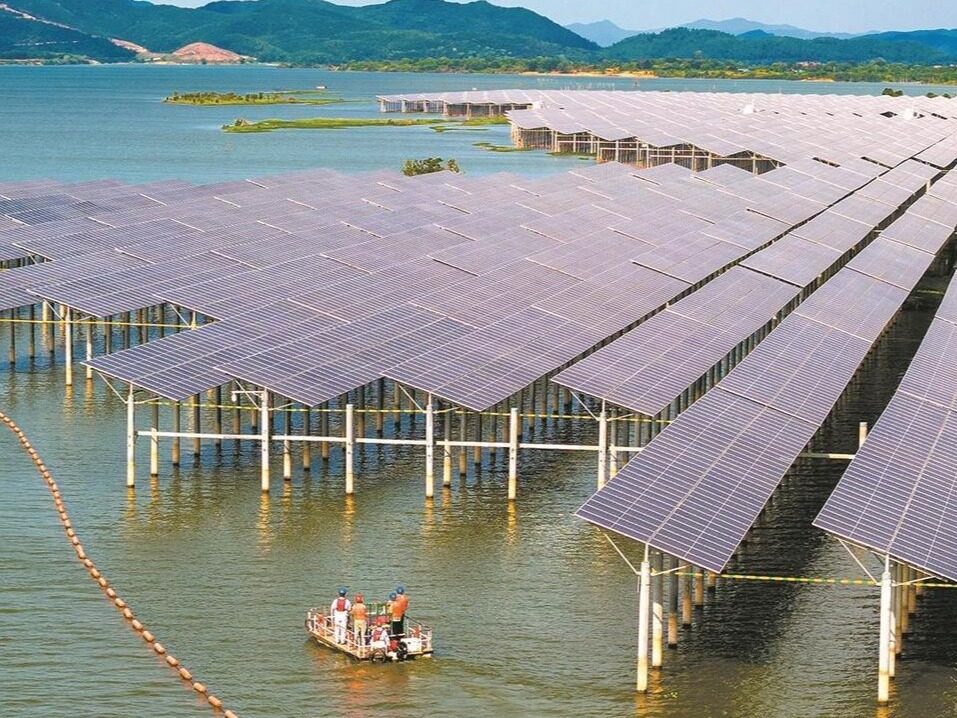
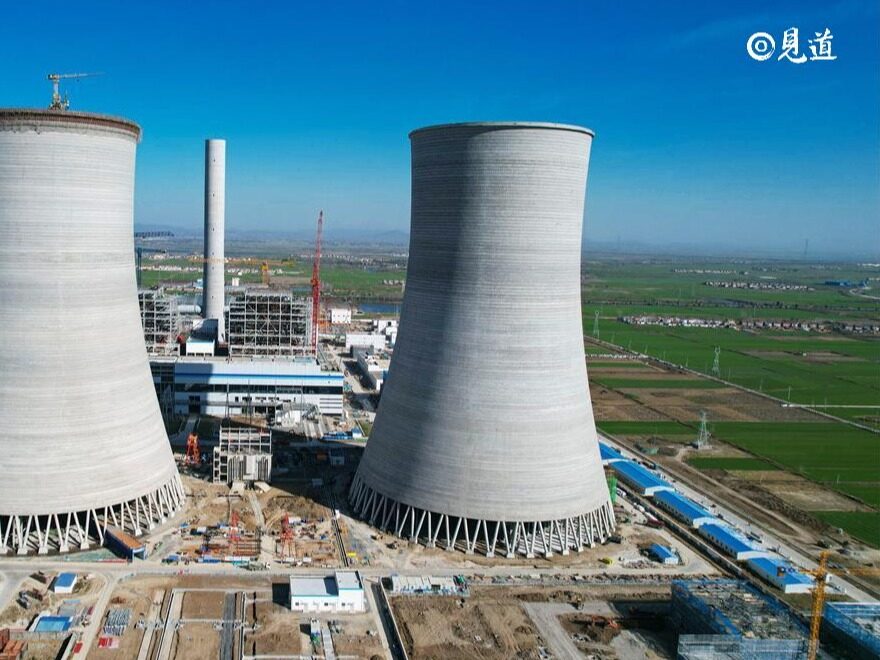
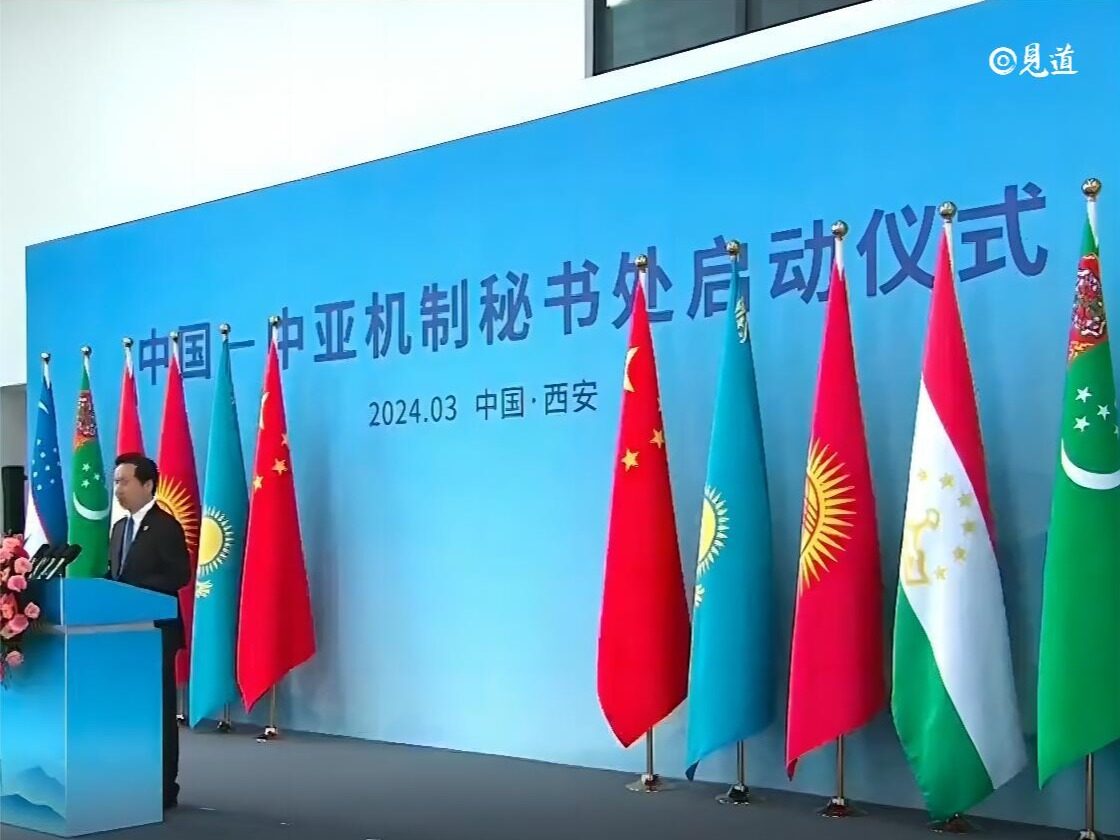
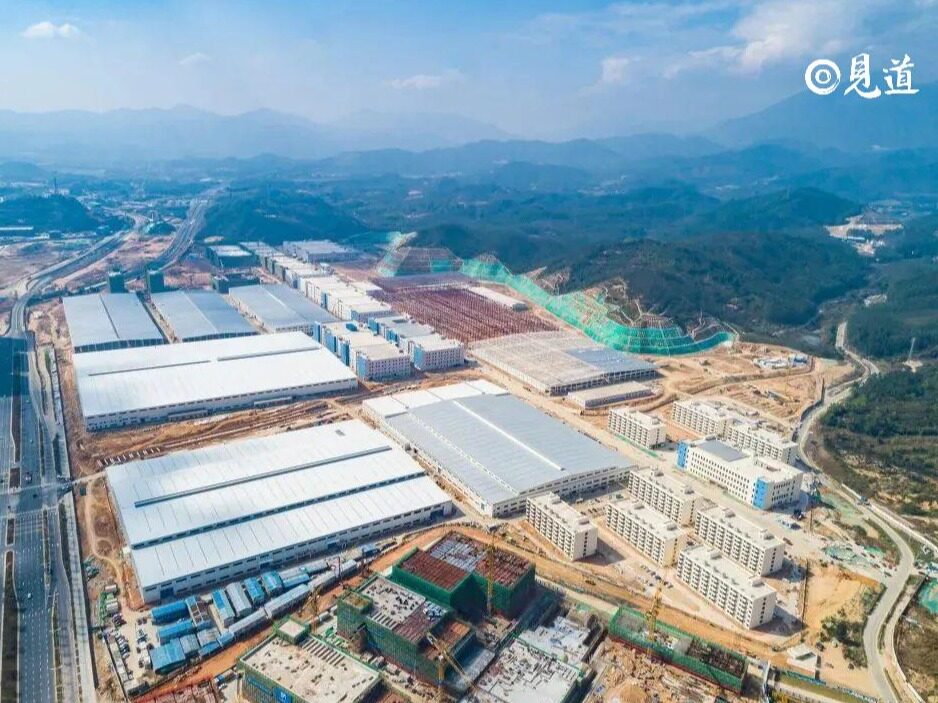

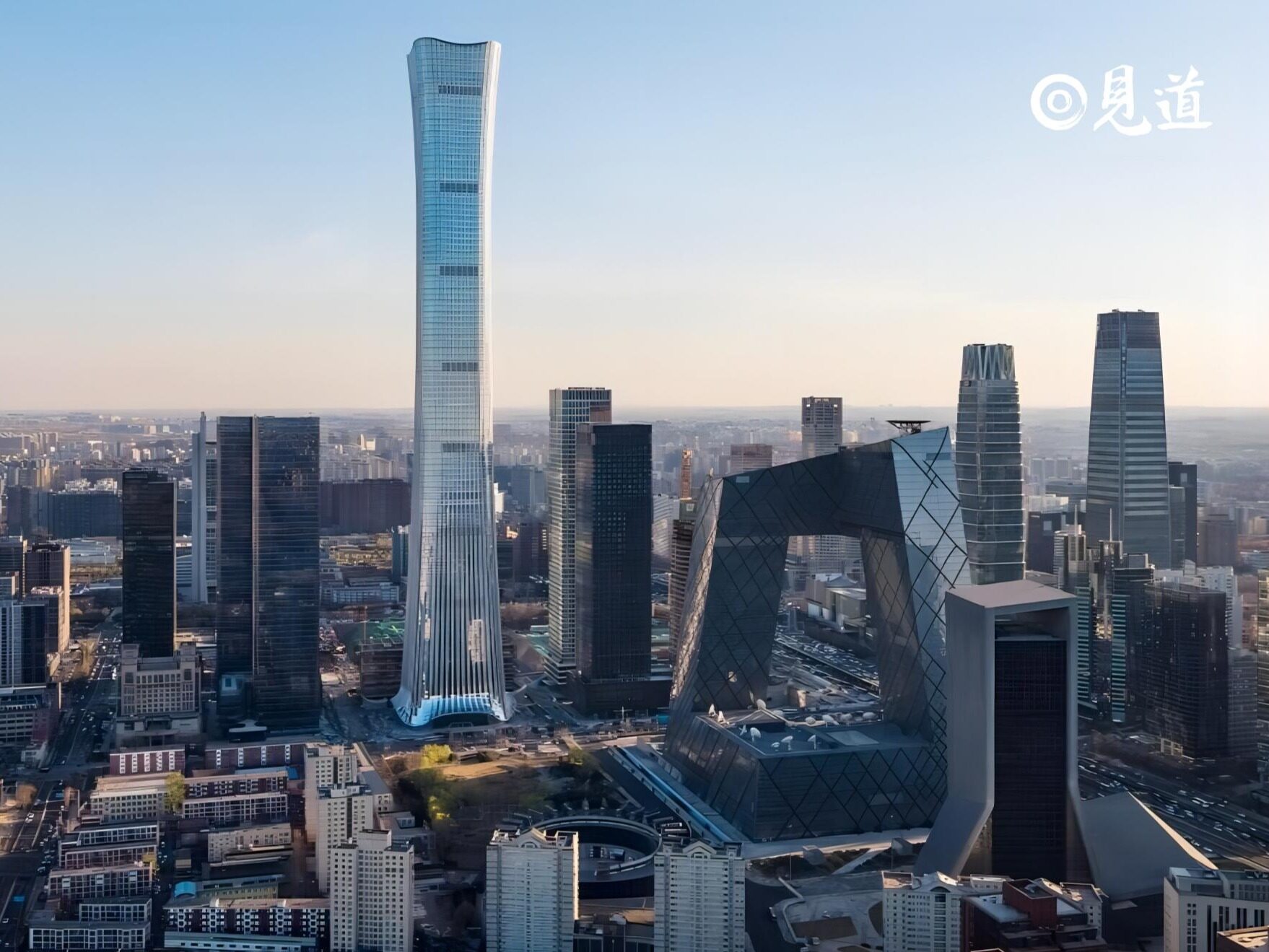






Write something~